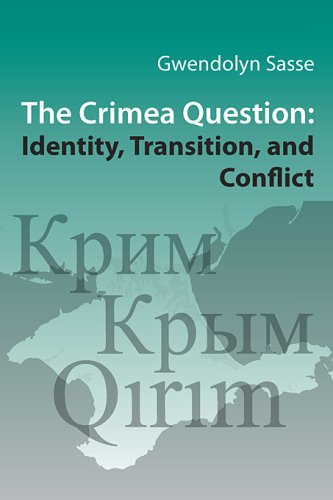

Most ebook files are in PDF format, so you can easily read them using various software such as Foxit Reader or directly on the Google Chrome browser.
Some ebook files are released by publishers in other formats such as .awz, .mobi, .epub, .fb2, etc. You may need to install specific software to read these formats on mobile/PC, such as Calibre.
Please read the tutorial at this link: https://ebookbell.com/faq
We offer FREE conversion to the popular formats you request; however, this may take some time. Therefore, right after payment, please email us, and we will try to provide the service as quickly as possible.
For some exceptional file formats or broken links (if any), please refrain from opening any disputes. Instead, email us first, and we will try to assist within a maximum of 6 hours.
EbookBell Team

5.0
40 reviewsRegional diversity such as Ukraine’s often embodies potential for friction and conflict, in particular when it involves territorialized ethnicity and divergent historical experiences. Political elites interested in stability and conflict prevention must find ways either to accommodate or control this diversity. In the early to mid-1990s, the Western media, policymakers, and academics alike warned that Crimea was a potential center of unrest in the aftermath of the Soviet Union’s dissolution. However, large-scale conflict in Crimea did not materialize, and Kyiv has managed to integrate the peninsula into the new Ukrainian polity.
This book explores the factors that led to the largely peaceful transition and places the situation in the larger context of conflict-prevention studies, explaining this critical case in which conflict did not erupt despite a structural predisposition to ethnic, regional, and even international enmity.